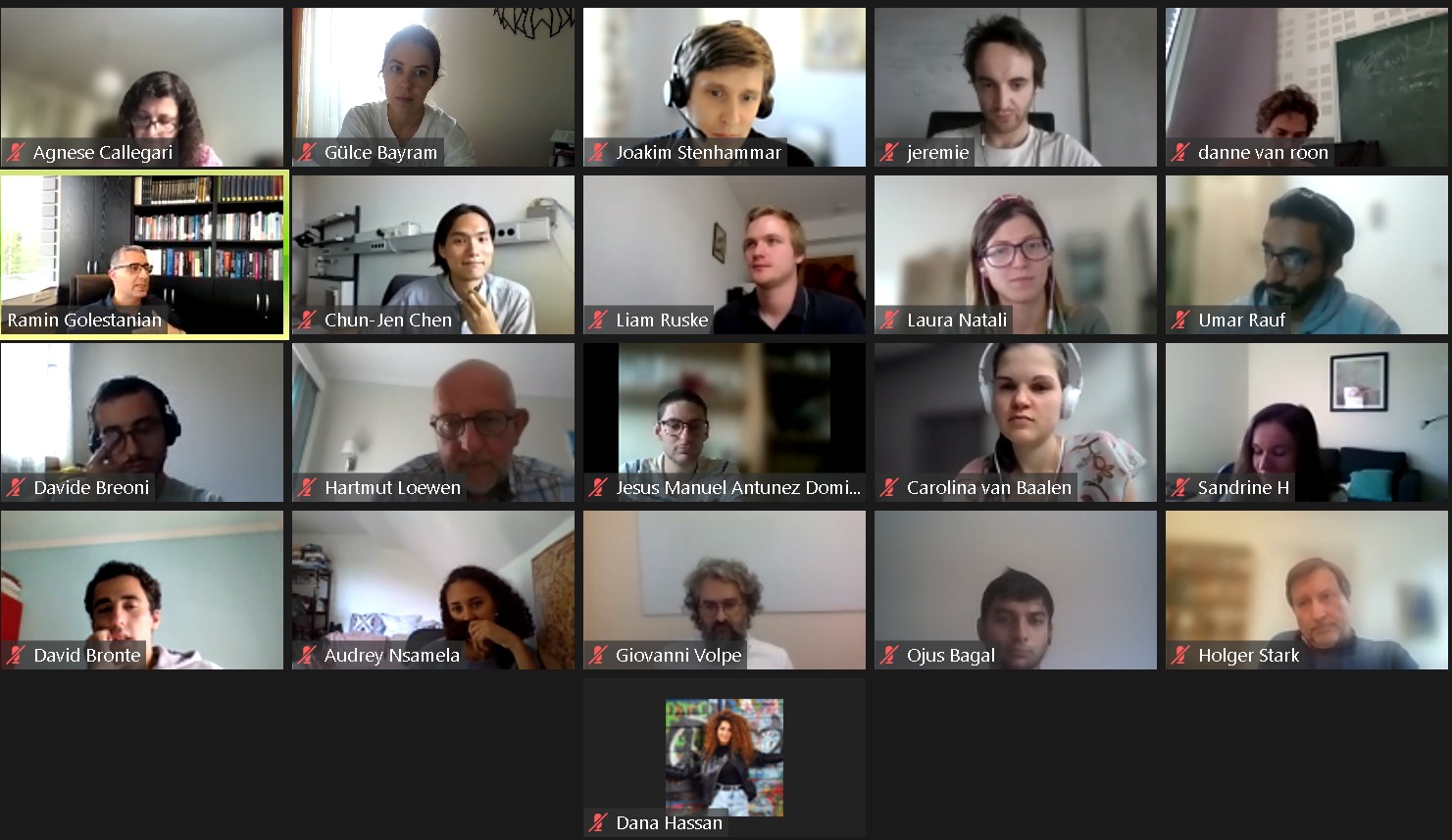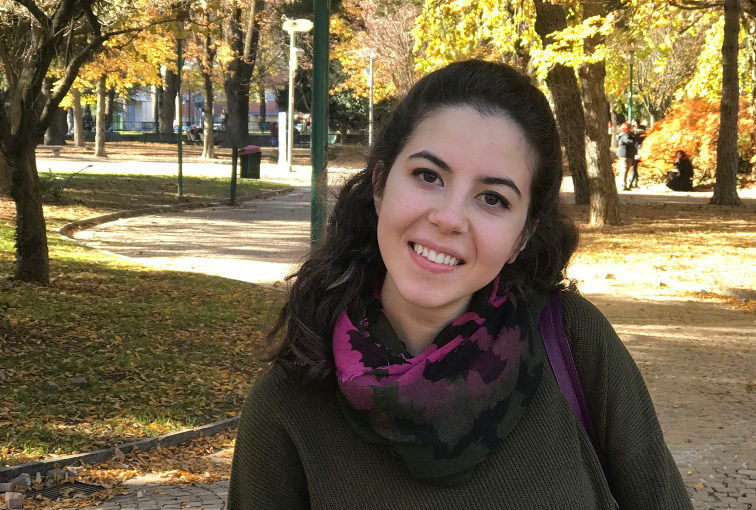
The fourth round table of the theoretical training took place with the participation of our panelists: Hartmut Löwen, Joakim Stenhammar, Holger Stark and Ramin Golestanian. The organizing ESRs were Ayten Gülce Bayram, Chun-Jen Chen, Jérémie Bertrand, Jesus Manuel Antunez Dominguez, Ojus Satish Bagal, Alireza Khoshzaban and Umar Rauf. The discussion mainly addressed to “Theoretical Models for Active matter”.
The discussion started with how the activity is included in theoretical models and how activity terms change depending on the particles system. It is followed by the theoretical aspects of going from one particle to the many-particle system and the relevant interaction terms in the theoretical models. Next, we mentioned the challenges behind the solvent-particle interaction, especially where we have complex solvents like a viscoelastic solvent. In this regard, our guests pointed out the importance of hydrodynamics. The meeting was concluded with the final remarks of our guests on the discussion that we should keep in mind in our future studies on active matter physics.



